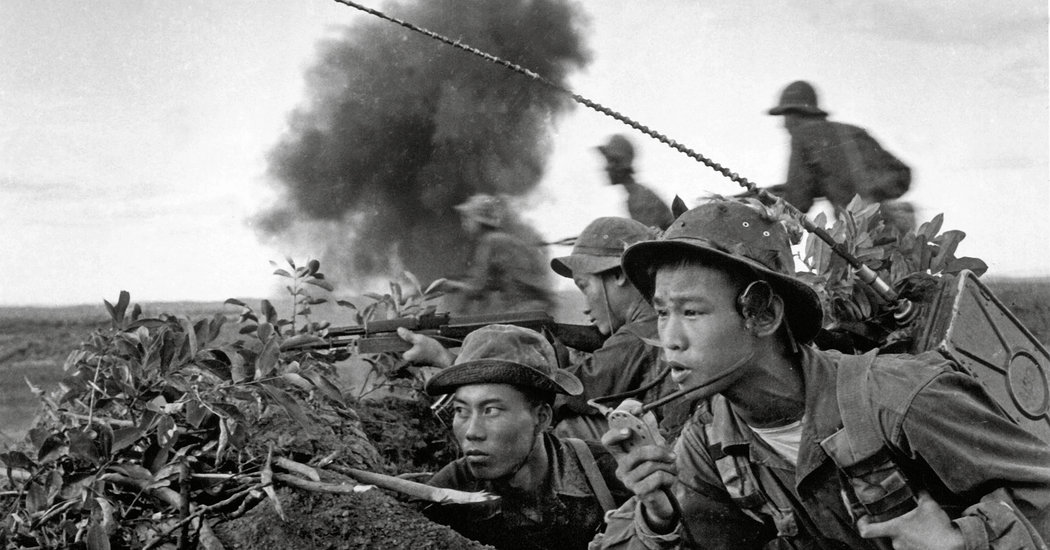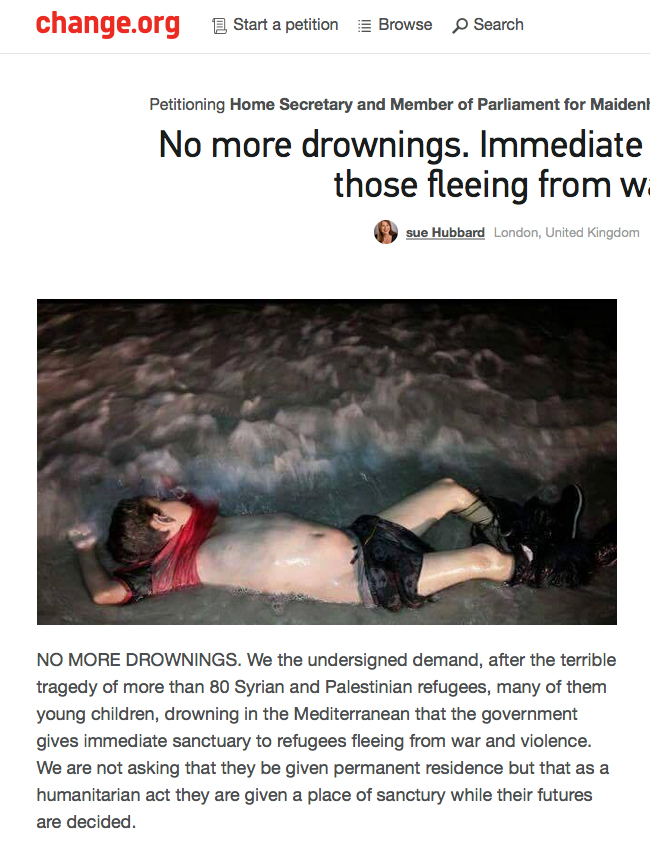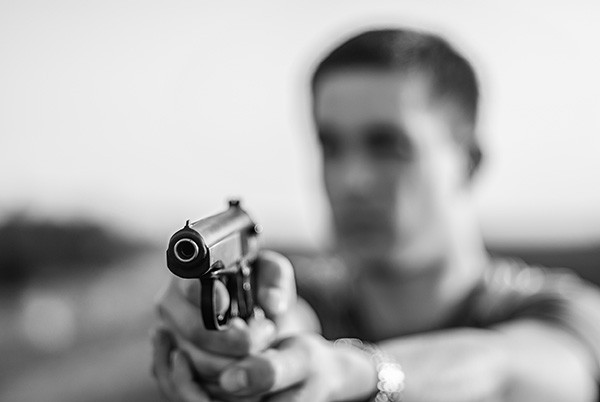Staged picture from Brussels bombings prompts ethics debate
Video footage shows a young photographer posing a woman in front of a makeshift memorial: is it bad journalism ethics, or just the way it’s done?
via the Guardian: http://www.theguardian.com/media/2016/mar/25/staged-photo-brussels-attack-memorial-ethical-debate-photographers
Video footage shows a young photographer posing a woman in front of a makeshift memorial: is it bad journalism ethics, or just the way it’s done?













